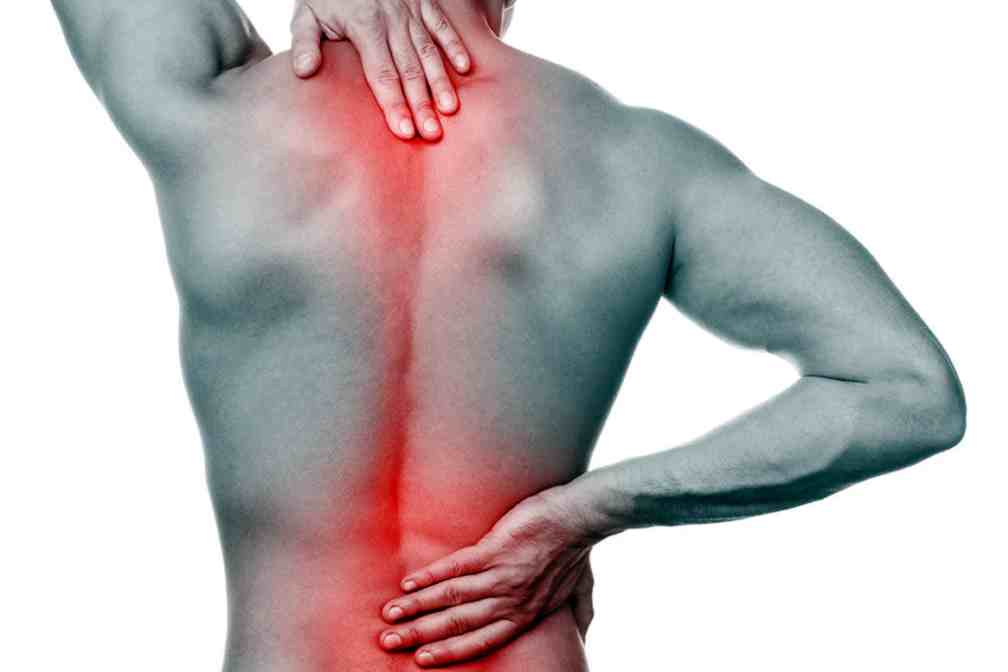
Back pain: the importance of postural rehabilitation
Back pain: when crises recur over time and become recurrent in the months following the first manifestation, it becomes advisable to consult a specialist: treating back pathologies is very complex and it is necessary to relate to someone who has the appropriate skills to do so
Back pain: what does it mean?
So-called ‘back strain’ can be caused by changes in temperature, for example by moving from very hot to colder environments, as happens in the summer months with the use of air conditioning.
It is not a dangerous disorder, but it can be very painful if you are not properly muscularly trained: in this case, the muscles of the lumbar region spasm in a particularly violent and disabling way, preventing the patient from moving. Back pain, in any case, is not an irreversible condition, but resolves itself through pharmacological treatment lasting a few days.
Postural rehabilitation: fundamental for the back muscles
Postural education techniques can be used to ensure that our backs have the right mobility and strength.
Posture, in fact, is determined by a series of individual factors: each person has his or her own characteristics and history and can deviate from the posture considered ‘ideal’, thus causing problems to the joints and muscles.
Postural education comprises a series of techniques to strengthen the back and improve posture, which, it is important to emphasise, cannot be carried out on one’s own but must be followed by a specialist.
These techniques include stretching exercises for the spine, strengthening the upper limbs and breathing, aimed at recreating harmony of movement and improving flexibility and strength.
These exercises should be carried out when you have had episodes of lumbar blockage or recurrent back pain, which help to prevent the recurrence of such problems.
They should therefore be repeated regularly over the years, as they are an important preventive measure.
Exercises you can do on your own
Some postural exercises can also be performed independently at home, but only after a consultation with the physiotherapist, who will indicate the most suitable ones for your problem and teach you how to perform them correctly.
These are very simple exercises, which only require, for example, the use of a wall to lean against in order to stretch the spine and increase its flexibility.
They are particularly useful when the patient has come out of the acute pain phase, in order to strain the muscles and joints without the risk of causing further soreness.
Read Also:
Lumbago: What It Is And How To Treat It
Back To School, How To Choose An Anti-Lumbago Backpack? Advice From Orthopaedists


